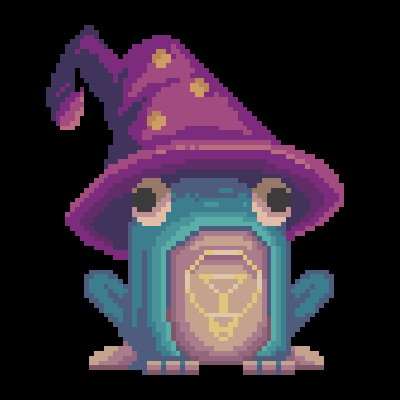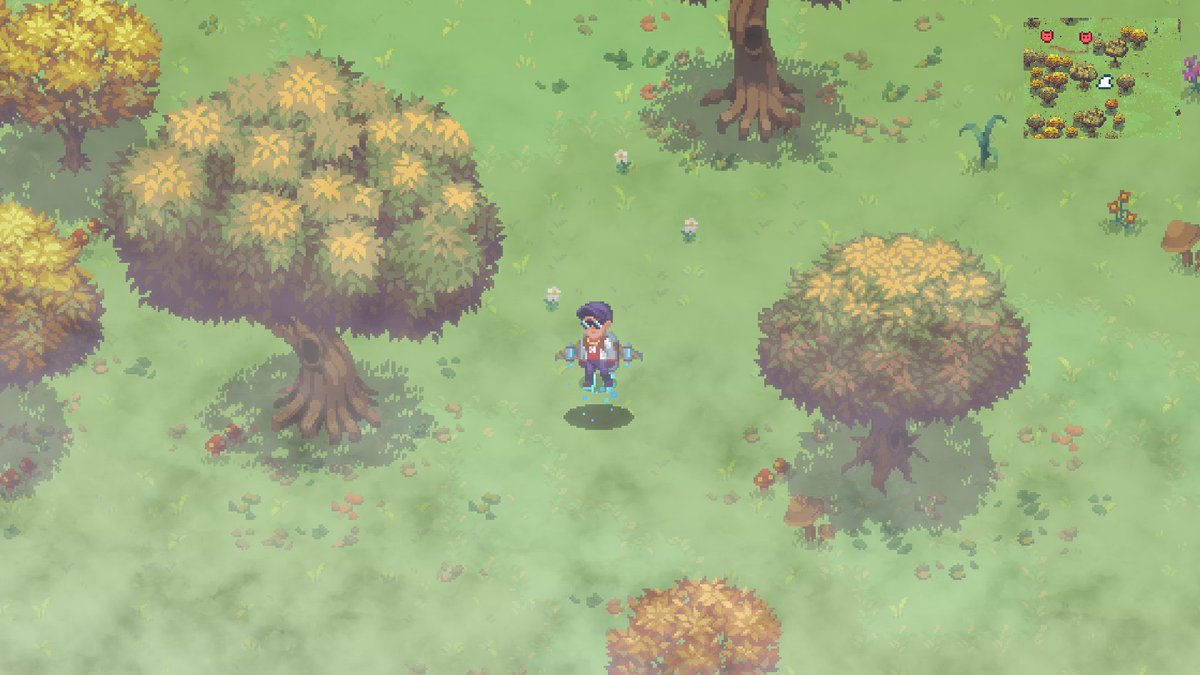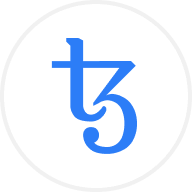Decentraland is a living, breathing, immersive 3D Metaverse built on the Ethereum blockchain. The key aim of Decentaland is to provide a fully decentralized virtual world where users can socialize, learn and monetize various pursuits in an autonomous universe.
Decentraland's native utility token, MANA, is the backbone of the Decentraland economy. The token is used as the primary currency of exchange, making it valuable for players and helps support MANA price. MANA is an ERC-20 token needed to purchase character avatars and wearables, LAND non-fungible tokens (NFTs), and can also be used to pay for other goods and services in the Decentraland world.
The other integral token of the Decentraland ecosystem is LAND. LAND tokens are NFTs representing a player's ownership over areas within the Decentraland metaverse. The possibilities of virtual real estate in Decentraland are limited only by one's imagination. Some players choose to establish NFT art galleries on their land, while others have monetized their LAND by building virtual casinos where players can win MANA.
The demand and growth of Decentraland players drives Decentraland's price. For this reason, the MANA chart often moves in correlation with other gaming and metaverse-focused cryptocurrencies.
How does Decentraland work?
The Ethereum blockchain powers Decentraland. In other words, it leverages Ethereum's distributed and transparent nature to power a decentralized metaverse. This means that users own and manage the virtual world and its digital assets.
In addition, Decentraland employs a multi-layered architecture to ensure the virtual space is secure, interactive, and composable. The platform, in particular, is made up of three infrastructure layers, which are as follows:
The Consensus Layer
This layer creates and maintains a record or ledger where LAND token ownership is registered. The protocol uses this to track the ownership of digital real estate on Decentraland.
The Content Layer
The second layer of Decentraland controls the activities on each plot of land. This is accomplished by enabling a distributed storage system for the files required to render content on virtual plots of land. To render an object on Decentraland, its description must include the content files referencing the texture, 3D meshes, and sound.
The scripting entry point and the definition of peer-to-peer (P2P) interactions are also required files. The former refers to the data needed to establish the position, interaction, behavior, and movement of 3D objects. In contrast, the latter refers to the appropriate server connection required to initiate P2P interactions, such as gestures, positions, voice chats, and messaging.
Real-time Layer
The distributed server connection is established on the final architectural layer to enable social interactions, including user-to-user and user-to-application interactions.
After all these infrastructures were in place, users could create avatars on Decentraland, acquire lands, and build on them. Casinos, nightclubs, museums, lounges, and other structures can be built on these lands.
You can control how other users interact with these lands after you build applications or scenes on them. You can, for example, charge a fee whenever other users request access to a service you provide on your property. If building applications are not your strong suit, you can rent your land for a fee. Overall, you are expected to manage your digital land like you would manage physical property.
Decentraland has provided easy-to-use Builder tools, knowing that the coding requirements for building digital applications from scratch may be too complex. Users can use this to create applications and scenes on Decentraland using a drag-and-drop system. The marketplace, where you can sell or buy LAND, wearables, names, and other in-game assets, is another essential component of the Decentraland ecosystem.
MANA price and tokenomics
The MANA token has a total supply of 2,193,539,027 coins, according to CoinMarketCap data. Approximately 1.86 billion MANA tokens are currently in circulation. On August 18, 2017, the Decentraland team held a private token sale in which $25 million USD in ETH was raised. MANA tokens were distributed to various parties from the initial supply in the following distributions:
- Forty percent allocated to private sale investors.
- Twenty percent channeled to the Decentraland Foundation.
- Twenty percent given to the development team.
- Twenty percent allocated to the community reserve.
MANA uses a deflationary burn mechanism to maintain scarcity and support the Decentraland price. When LAND is traded in MANA on the Decentraland marketplace, a 2.5% fee is deducted from the transaction. This fee is then burned, effectively removing it from the total supply of MANA.
About the founders
Ariel Meilich and Esteban Ordano originally founded Decentraland in late 2017. Meilich is an experienced entrepreneur who has previously established a diverse range of startups. He was also a former analyst at a reputable Silicon Valley venture capital fund, Charles River Ventures.
Ordano comes from a more technical background, holding previous positions as a software engineer at notable cryptocurrency businesses like BitPay. Before founding Decentraland, Ordano was an advisor for the Matic project and ran his own smart contract development agency.
While both founders have since stepped down from their roles at Decentraland, the development of the Decentraland project is ongoing. In the true spirit of blockchain technology, the development of the project is overseen by the autonomous Decentraland Foundation.
Decentraland has positioned itself over the years to become a market leader in the crypto sphere while also making a splash in the traditional economy. This is evident in the ecosystem's recent barrage of impressive partnerships. For example, in December 2021, Decentraland partnered with basketball superstar Stephen Curry and Under Armour, the sports fashion company that produces Curry's signature shoes. In the same month, Decentraland also announced a collaboration with luxury marketplace UNXD to host a metaverse fashion show.
Decentraland highlights
Decentraland has had a lot of success with mainstream partnerships. For example, the Barbadian Ministry of Foreign Affairs announced plans to establish virtual embassies across multiple metaverses, including Decentraland.
In addition, Steph Curry and Under Armour partnered with Decentraland in December 2021. Samsung followed suit on January 6, 2022, when it announced plans to build a digital version of its flagship store in New York City on Decentraland.
Tennis Australia announced a critical partnership with Decentraland on the 17th of the same month, allowing the VR platform to host virtual recreations of the Australian Open. Lastly, JP Morgan opened a lounge on Decentraland a month later, making it the first bank to launch a product on the metaverse.



























Socials